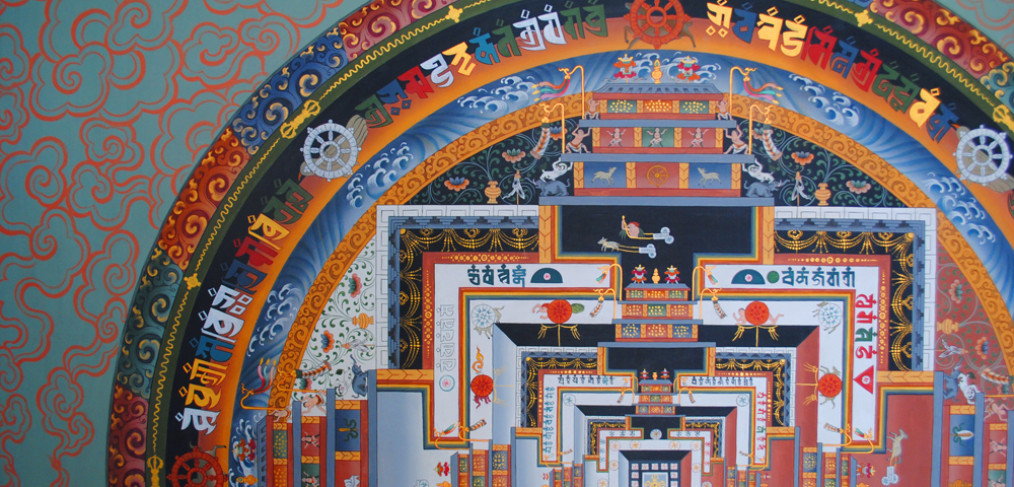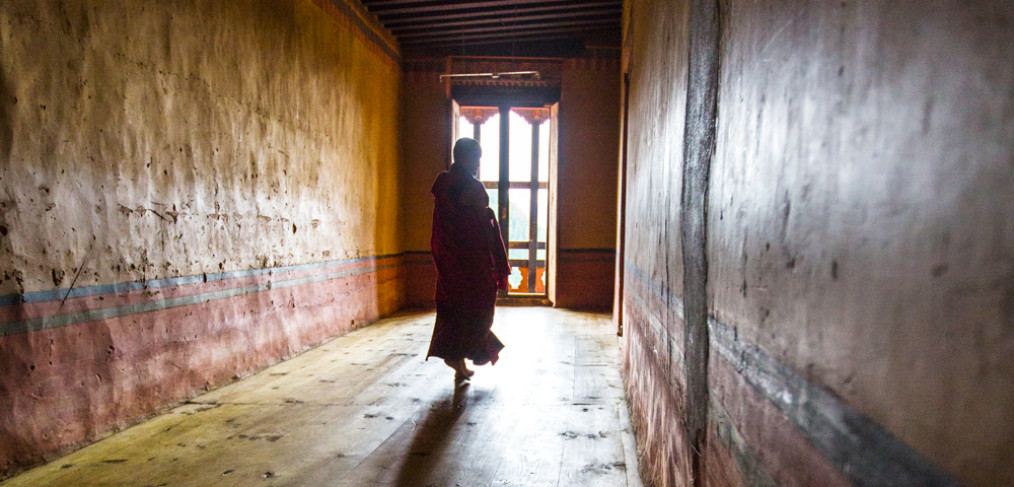Find out more about our mission by the words of our Co-Founder, Andrea Pinto.
Thank you GreenWorks Video and Michael Scott for making possible this interview for Choki at the Summer Toast networking event in Denver.
The most intriguing and discussed symbol in Buddhist religion and art is the mandala, it symbolizes the container of one’s essence (“Manda” means essence, and its suffix “la” means container). The concept of a mandala was born long ago before history itself, mandala is a term used in a chapter of the Rig Veda which contained a collection of mantras that were used to be chanted in ceremonies. The universe itself, was believed to be created from these mantras, the sacred sounds which patterns are in all living beings and things in this universe.
The center is the origin of the mandala, which represents the starting point like a seed or a drop of water. it is where the outside energies are drawn. In this central area there is usually a deity, which interprets as the ” very one’s essence” and the outer lines are literally “grasping the essence”. The outlying square is the representation of the physical world we live in and the structure has four gates. These gates, symbolizes the connection between kindness, compassion, sympathy and equanimity. The following outer circle in most mandalas is often a ring of fire, which symbolizes what ordinary humans have to go through before entering to a sacred territory.
As well as geometry, colors are crucial to understand the true meaning of a mandala. The most common colors used are green, blue, yellow, red and white. These colors are a reminder of the delusions humans undergo during their lifetime.
Green: The delusion of jealousy becomes the wisdom of accomplishment.
Blue: The delusion of anger becomes the mirror like wisdom.
Yellow: The delusion of pride becomes the wisdom of sameness.
Red: The delusion of attachment becomes the wisdom of discernment.
White: The delusion of ignorance becomes the wisdom of reality.
Every monk receives a detailed training program before attempting to create a mandala, its creation is an act of worship. Each design is meditated upon, and is a continuum of spatial experiences. This creation is as well a sacred offering, since a mandala represents the entire universe, it symbolizes the most appropriate form of offering.
The mandala itself is one of the most important concepts in Buddhism psychology. It reminds people the potential in themselves and their very presence in the universe. The main purpose is to end suffering and attain enlightenment by having a more certain view of what reality truly is.
www.choki.org
Follow us on Facebook
Source: Exotic India
Choki is a Local Denver non-profit organization founded with the mission of protecting the cultures and traditions of the most sacred places left in the world. Choki wants to accomplish a world of “I believe”, with the purpose of sharing the traditional arts from the world’s poorest communities, by revealing to the developed world the beauty that these secluded cultures have to offer.
The Kingdom of Bhutan is the last true Kingdom left in the world. Bhutan is a small country located between China and India, counting on a small population of only 741,822 people. Also known as the “Land of the Thunder Dragon”, “Kingdom in the Clouds” and “The last Shangri-la”, Bhutan’s landscape is only rivaled by the beauty of its people. Bhutan’s culture differentiates from the rest of the world because it is the only one that does not measure its success by a percentage of economic growth, but rather by their commitment of keeping all citizens happy via its measurement of “Gross National Happiness” and inner development. Bhutan is a country where life is respected and honored, as well as it is a place of mystery and wonder where Monks are placed in high standing positions in government, giving strong moral and spiritual support to its people.
Choki supports the only private institution in the Himalayan Kingdom of Bhutan that offers training on traditional arts and crafts. In addition, the school serves as an orphanage providing free tuition, food and lodging to the most disfavored youths of the region. The limited resources make it difficult for students to continue their training. As a consequence, some of them cannot pursue their education and therefore strive to follow their dreams by going to work in local factories for low wages.
Choki seeks to find economic sustainability for the school and its students. Beyond this purpose, the traditional arts will be valued and preserved by future generations. Pride in Bhutanese children artists is unequal to any other; heart and mind work together to create art that is beautiful beyond measure. Choki wants to create the invaluable opportunity of maintaining Bhutanese traditions alive, and to protect future generations of artisans while preserving hundreds of years of extraordinary culture.
Choki believes that art serves as communication for the improvement of society, social relationships and consciousness, and that it contributes to a greater understanding of human experience. Our goal is to subsidize traditional artists from distressed backgrounds so they can do what they love, and to help raise awareness of their communities and cultures internationally through their creations.
From cosmic mandalas of incredible measurement, to detailed wood carvings with local symbolism, and raw silk scarves made by hand by extraordinary women. These pieces are offered to the public with all proceeds returned to the artist’s communities for sustainable development projects.
Art is the most beautiful invention of mankind; it is the universal language of life and a reflection of self for the artist. We believe in the creative powers of the people, as much as we believe that they must be supported.
Choki Team.


